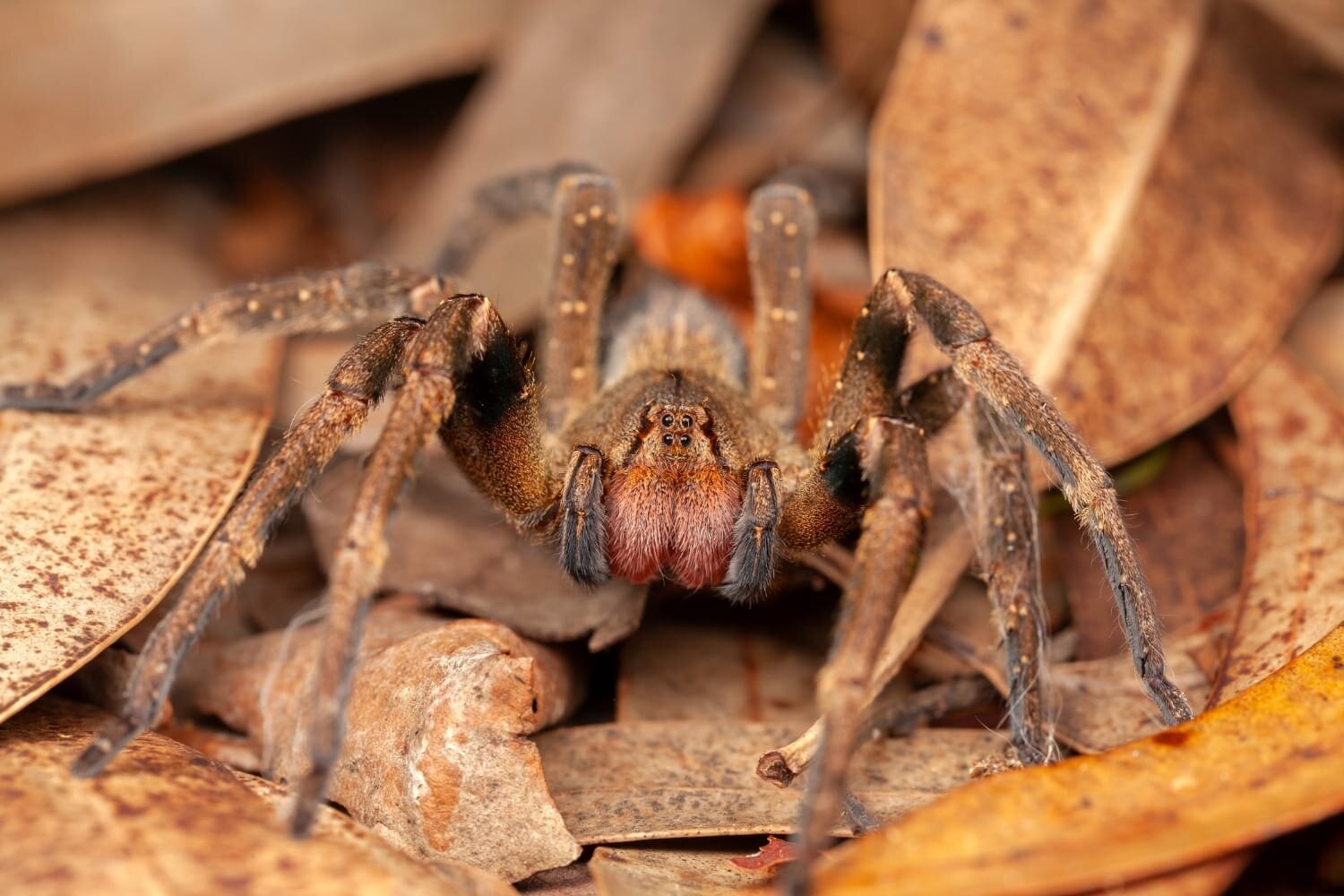
Wildlife in Costa Rica
Meet the neighbors
Below are some Costa Rica’s wildlife creatures that you may see throughout your visit and possibly consider inviting to teatime…or not.

Teatime guest list
Surrounded by the magic of the rainforest and steps from the ocean, Casa Kia Ora is a paradise for bird-watchers, wildlife enthusiasts, outdoor adventurers and a nature-lover’s dream. We encourage all of our guests to soak in the surroundings and treat all wildlife with care and respect. With British roots and an affinity for teatime, we have compiled a small list of creatures with varying levels of approachability…and manners or lack thereof.
Toucans
Toucans are definitely on the invite list for tea time; they are very recognizable birds. Toucans have large somewhat unproportional and colorful beaks with black, white, yellow and red feathers. They eat fruit and bugs that they find in the forests here, so perhaps include these items on your menu. The toucan can often be found in their nests inside of holes of hollow trees. They will be one of your best-dressed guests.
Howler Monkey
Howler monkeys might not be the best tea time guests, but they are a sight to see. They are one of the biggest species of monkeys, and as you might have guessed by their name, they are known for their loud howls that can be heard for miles. The howler monkeys can be black, brown, or red. They live high in the tops of trees in the rainforest in groups of up to twenty, so don't try to invite just one. If you’re seeking a rowdy, rambunctious crowd, keep them on the guest list.
Tapir
The tapir is a large mammal that looks similar to a pig but with an even stranger nose. They have small trunks that they use to grab little sticks and leaves, as well as to get their food. The tapir is known to be one of the oldest large animal species there is. They have been around for twenty million years, so they’ll have stories to share with your guests for ages.
Three-toed Sloth
Another great teatime guest is the three-toed sloth, but it might take them a while to get there. The three-toed sloth is an animal that you aren't likely to spot because they are well camouflaged by their brown fur and the algae growing in it. They also don't move very often, and when they do, they move very slowly. They live their whole lives in the tops of the trees and only come down to the ground to poop, which may be important to keep in mind as you’re planning your tea.
Red-eyed Tree Frog
Red-eyed tree frogs are great climbers and are often up high in the trees. During the day they like to rest on the underside of leaves, sticking to them with the powerful suction cups on their toes. They live in wet areas near rivers and actually have the ability to swim, so don't be surprised if they show up to your tea party a little wet.
Scarlet Macaw
Your best-dressed guest...the Scarlet Macaw is an extremely colorful bird that enjoys the tropical, humid environment of the rainforests here just as much as you will. They are easily identifiable by their colorful feathers that are a wide range of reds, oranges, yellows, greens, and blues. They are a large bird that can have a wingspan of up to three feet. These birds will definitely give your other guests something to talk about.
NOT on the guest list
Here are a few animals to look out for and avoid during your visit.
Fer De Lance Snake
Under no circumstance should this snake be invited to any of your events. It has a broad triangular head and is usually about 1.2 to 2 metres (4 to 7 feet) long. It is gray or brown, marked by a series of black-edged diamonds often outlined in a lighter color...just because he appears to be wearing his best argyle sweater, does not mark him as a well-behaved tea time guest. They're not invited to yoga, the beach, breakfast, lunch, dinner, and definitely not teatime. If you see it, you should definitely stay socially distanced...and then some.
Brazilian Wandering Spider
The brazilian wandering spider is another creature to keep off the guest list. They are hairy, brown spiders with black spots on their bellies...their bodies are about 2 inches and their “foot span” is up to 6 inches. It is safe to say if you spot this spider, teatime is over!
Jaguar
The jaguar is a guest that you might want to only invite via Zoom. The jaguar is the only large cat here, weighing as much as 250 pounds. Unfortunately they are a threatened species and aren't very common to spot. Usually they are only found in reserves and national parks. But if you do happen to stumble upon one, we recommend that you keep your distance. They are truly part of the magic here in Costa Rica.
Rainbow Boa
The rainbow boa is marked by its iridescent scales that reflect light causing a rainbow effect. It is not nearly as large as the boa constrictor and is only about 4 to 6 feet long. This snake is completely harmless and has no venom, although it can bite. While the rainbow boa could make a lovely teatime guest with its rainbow appeal, it is not advisable to invite them to tea.
Golden Silk Orb-Weaver
The golden silk orb-weaver is known for its size and is one of the biggest spiders in Costa Rica, growing to be as large as or larger than an adult's hand. They get their name from the unique golden color of their webs, which are large and sometimes very intricate. Despite its sometimes alarming size, it is not dangerous to humans. As with all critters with a mouth, it can bite, so appreciate this one from afar. While we appreciate its shimmering webs, we politely socially distance from the golden silk orb-weaver.
Poison Dart Frogs
While tiny and beautiful, these frogs do not make the teatime guest list. If you see a frog that is vividly-colored, use the zoom on your camera to capture a photo from a safe distance, and let it hop along on its way. These frogs are poisonous and need to be avoided.
The Costa Rica wildlife
This list is our light-hearted way of introducing some of our favorite Costa Rican wildlife. Costa Rica is home to over 500,000 species of animals from sociable monkeys and beautiful butterflies to the national animal, our white-tailed deer. Please always exercise the utmost care and respect when viewing and experiencing wildlife in their habitat. We are their guests.
Between the biodiversity of our own Casa Kia Ora, Manuel Antonio National Park and many other opportunities throughout the area, Costa Rica is the ideal place for any wildlife lover!












